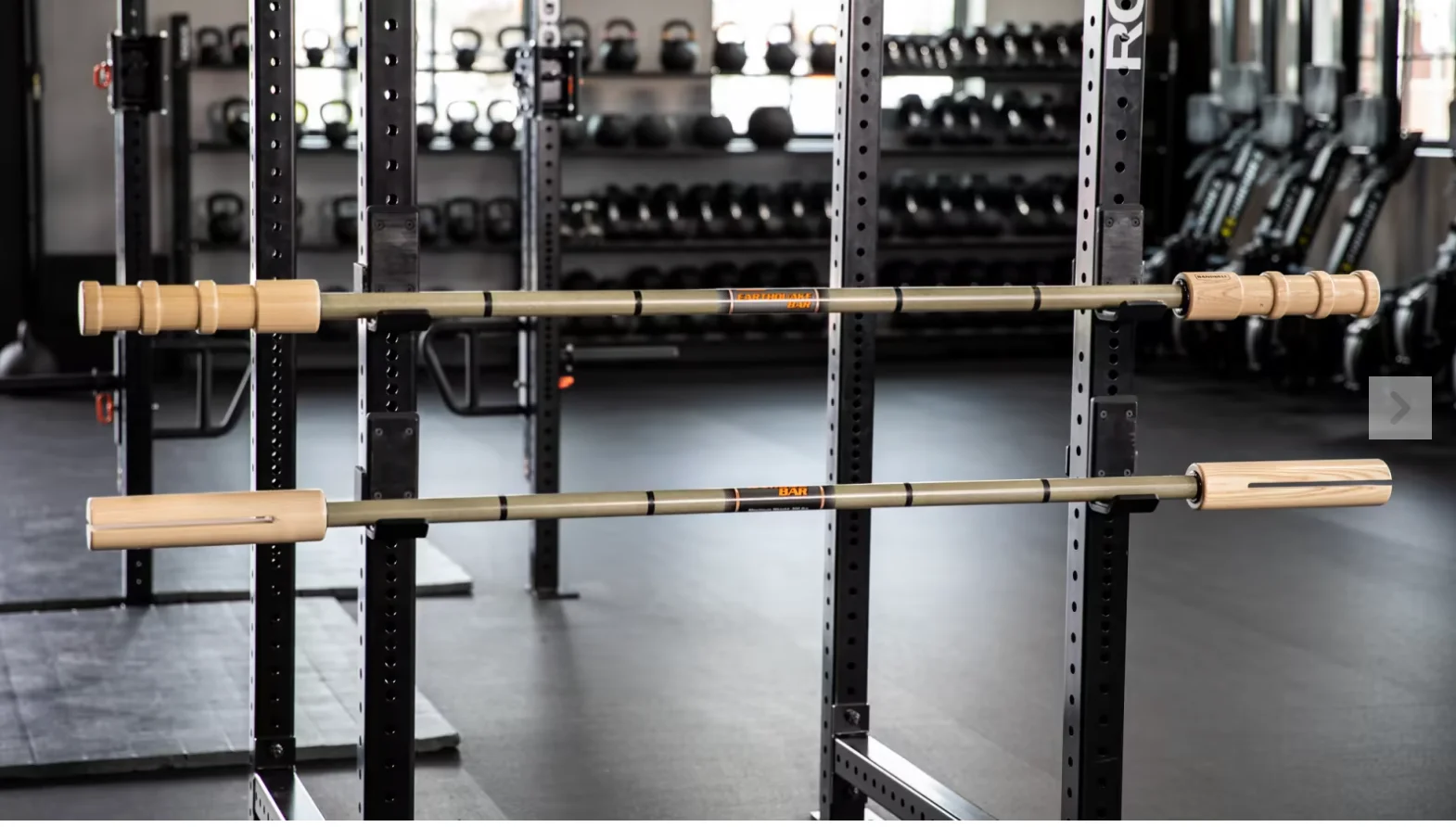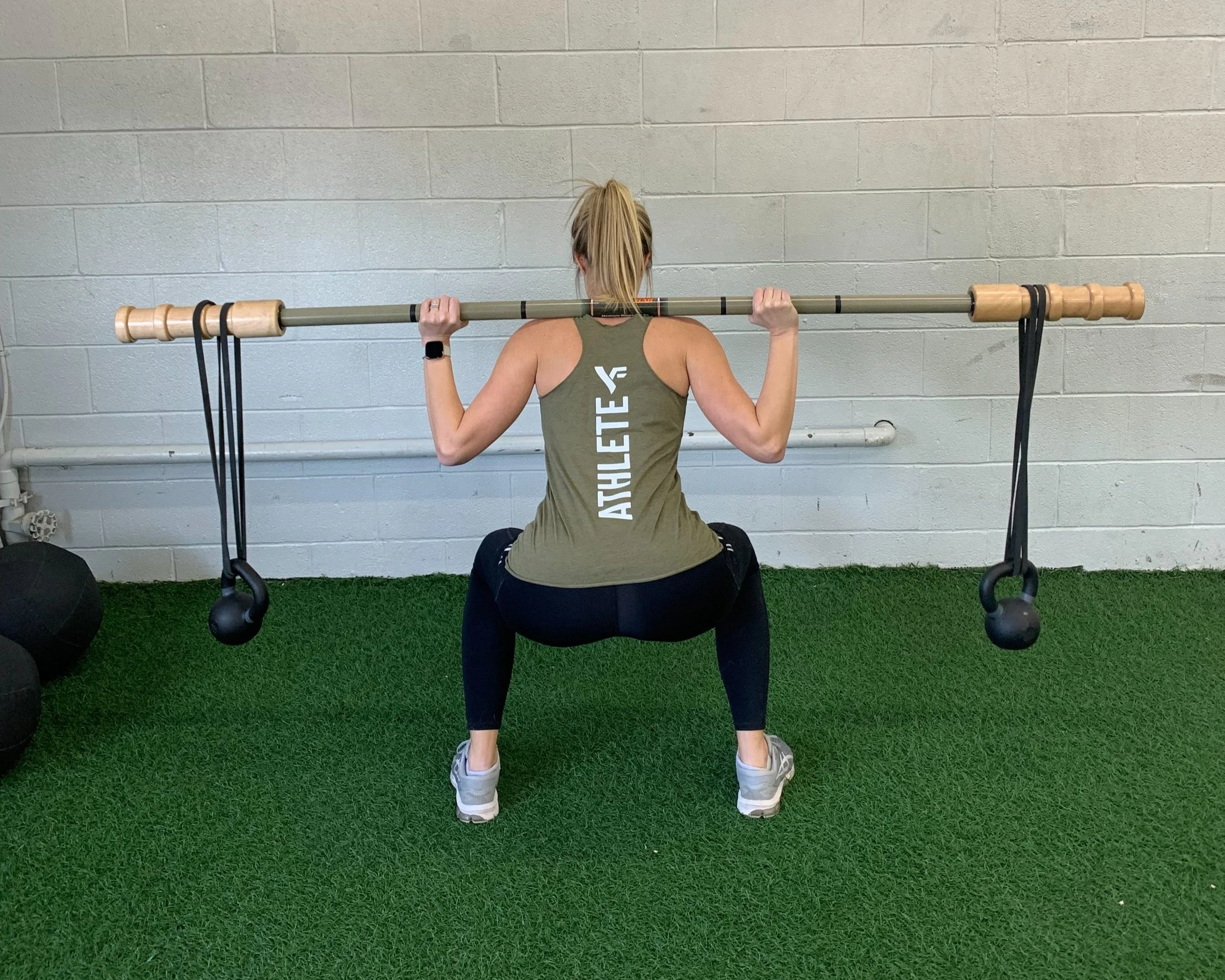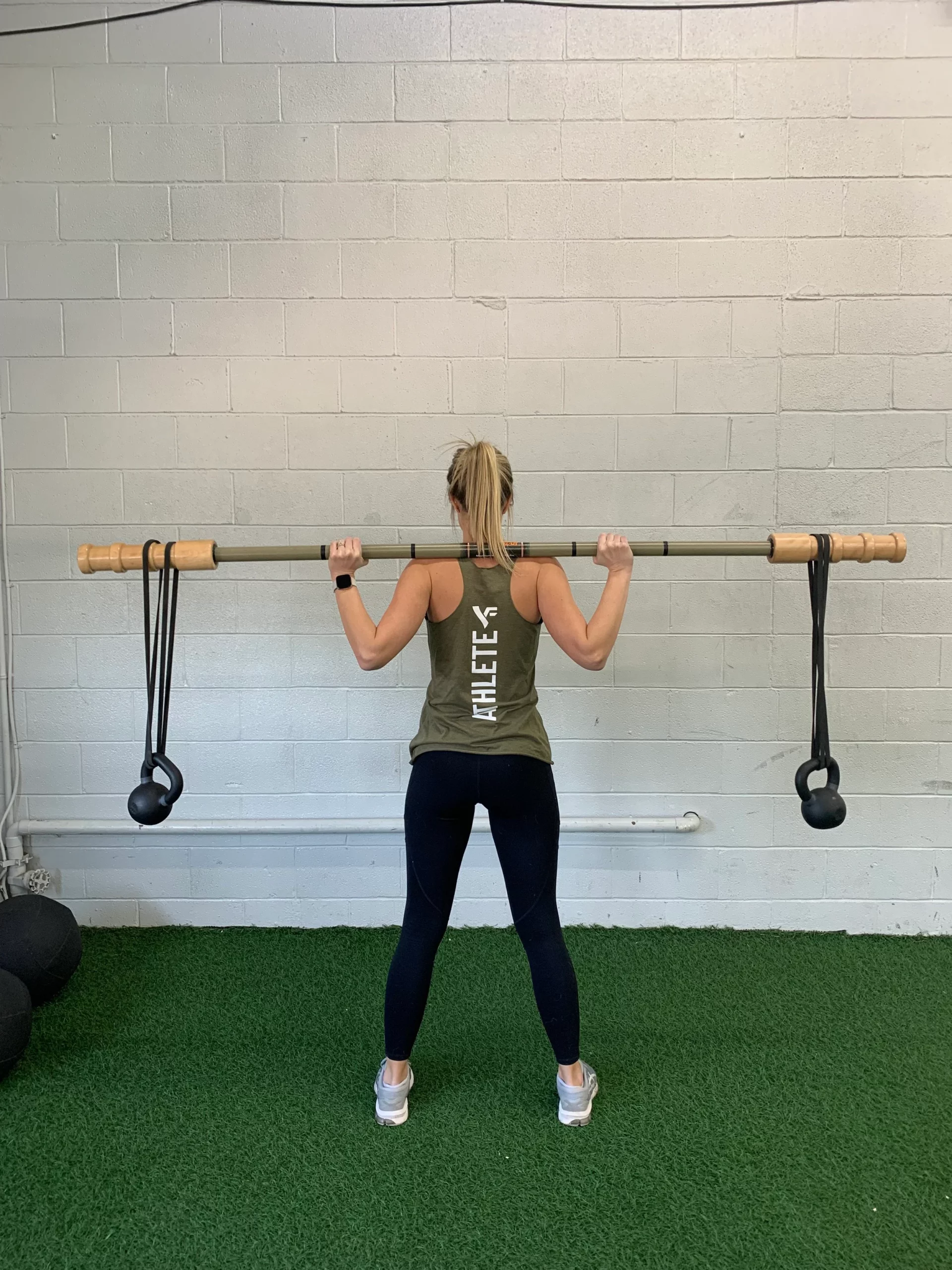If you are a regular at the gym, you have probably seen many different pieces of equipment that promise to improve “stability.” BOSU balls, swiss balls, TRX suspension trainers, wobble boards, and foam pads, are common in fitness facilities. The strongest individuals look like a trembling mess as they attempt to maintain their form when using this equipment. In recent years, this type of training has come under fire for not effectively improving performance since athletes and fitness enthusiasts are unable to lift adequate loads or produce optimal force during the exercise (1).
Most athletic performance is based on the equation, Power = Force x Velocity, which simply translates to, moving a weight as quickly as possible (3). But what if there was a way to provide an unstable training stimulus while also applying a challenging level of resistance? Welcome to, Unstable Load Training (ULT). In this article we will dive into the science and application of an exercise modality that can help improve joint stability, and muscle activation, thus, boosting performance. We will also address its use during injury prevention and rehabilitation. But first, let’s look at the equipment that is required for training.
Equipment
ULT typically presents in the form of a funny looking barbell. It is much lighter (4-10lbs) than the standard weightlifting or powerlifting barbell (45-55lbs). This allows for the bar to bend when load is added, therefore creating an unstable environment.

Load it up!
Loading weights onto the ULT bar is also different from its standard counterpart. Super-bands are used to suspend kettlebells or plates from both ends of the bar. The elastic bands bounce, swing, oscillate, and sway while the lifter performs the exercise to further induce an unstable stimulus.

THe Science
Earlier we mentioned that typical unstable surface and equipment training decreases force output and muscle activation due to the inability to lift heavier loads. When using an ULT bar, the resistance is still lower than an individual’s normal training weight, however, the instability comes from the load to the body and not the surface (4). This relationship induces a greater challenge for the stabilizing muscles of the body. A study from the Journal of Strength and Conditioning Research by Lawrence et. al, found that back squatting with an ULT bar produced greater activation of stabilizing musculature than that of a traditional barbell squat with only a small decrease in force production (4). Similarly, other studies have demonstrated increased muscle activation of the prime movers and stabilizing muscles when using ULT for upper body pressing movements (2, 6). Therefore, ULT provides a resistive stimulus that not only increasing muscle activation but addresses core and proximal stability which are necessary for optimal fitness and sport performance!
Unstable Load Training: Overhead Press
Injury Prevention and Rehabilitation
ULT has promising use in the physical therapy clinic and athletic training room. Impaired biomechanics can be seen with many musculoskeletal injuries. Aberrant movements at a joint results in improper force distribution throughout the system leading to increased stress, inefficient movement and overuse. ULT allows for decreased loads to be applied to a joint while providing a stimulus that activates the muscles responsible for proper mechanics. For example, Lawrence et. al. found that during ULT bench press that despite decreased loads, the stabilizing muscles of the upper body were the same as normal barbell training at a heavier load (5). Therefore, during injury it may be advantageous to utilize ULT to activate muscles that influence proper movement while decreasing stress to the injured tissue.
Unstable Load Training: Turkish Get-Up
Overall, ULT is an exciting way to challenge the body to maintain control and stability while minimizing changes in force and power production. Active humans looking for a new stimulus to enhance performance, decrease injury risk and improve movement should consider ULT in their programming.
At Vital Force Physio we frequently use ULT to help athletes and active humans optimize their performance and return to the activities they love without pain. For more information on how to outperform your pain, contact us today!
Movement is Vital for a healthy body and Your Body is a Force to be reckoned with,
Dr. Bryan Vranic, PT, DPT, CSCS
This information is not intended to be used as medical advice but for educational purposes only. Please consult your Physical Therapist, Physician or Healthcare Provider for more information.
References
1. Anderson, Kenneth G.; Behm, David G. Maintenance of EMG Activity and Loss of Force Output With Instability, Journal of Strength and Conditioning Research: August 2004 – Volume 18 – Issue 3 – p 637-640
2. Dunnick DD, Brown LE, Coburn JW, Lynn SK, Barillas SR. Bench Press Upper-Body Muscle Activation Between Stable and Unstable Loads. J Strength Cond Res. 2015 Dec;29(12):3279-83. doi: 10.1519/JSC.0000000000001198. PMID: 26540024.
3. Haff, Greg, Triplett, Travis. Essentials of Strength Training and Conditioning, Human Kinetics, 2016, pp. 28.
4. Lawrence MA, Carlson LA. Effects of an Unstable Load on Force and Muscle Activation During a Parallel Back Squat. J Strength Cond Res. 2015 Oct;29(10):2949-53. doi: 10.1519/JSC.0000000000000955. PMID: 25844869.
5. Lawrence MA, Ostrowski SJ, Leib DJ, Carlson LA. Effect of Unstable Loads on Stabilizing Muscles and Bar Motion During the Bench Press. J Strength Cond Res. 2021 Feb 1;35(Suppl 1):S120-S126. doi: 10.1519/JSC.0000000000002788. PMID: 30138240.
6. Williams, Martin R. Jr; Hendricks, Dustin S.; Dannen, Michael J.; Arnold, Andrea M.; Lawrence, Michael A. Activity of Shoulder Stabilizers and Prime Movers During an Unstable Overhead Press, Journal of Strength and Conditioning Research: January 2020 – Volume 34 – Issue 1 – p 73-78. doi: 10.1519/JSC.0000000000002660


